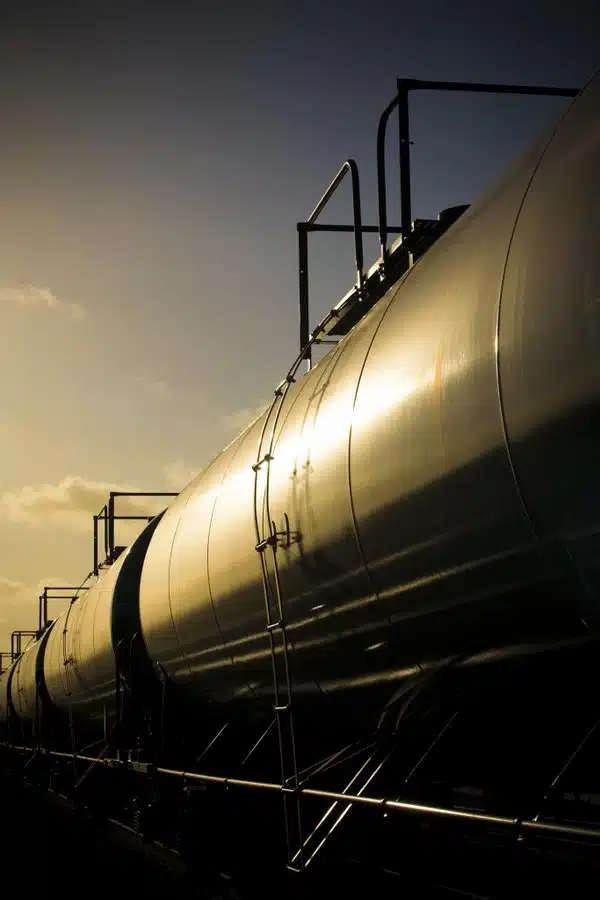The Association of American Railroads’ NAR Program captures U.S. and Canadian data on non-accident releases, maintains a computerized database of these incidents and encourages the industry to address the causes of the releases.
AAR does not release information concerning the incidents reported in this program without consent. Any statistics we release with respect to incidents occurring over time will be aggregate numbers and will not identify the individual shippers or carriers involved. Summary data is available to help you track individual progress in reducing NARs. The NAR team looks forward to continuing progress in this cooperative, inter-industry program to address a problem of mutual concern.


